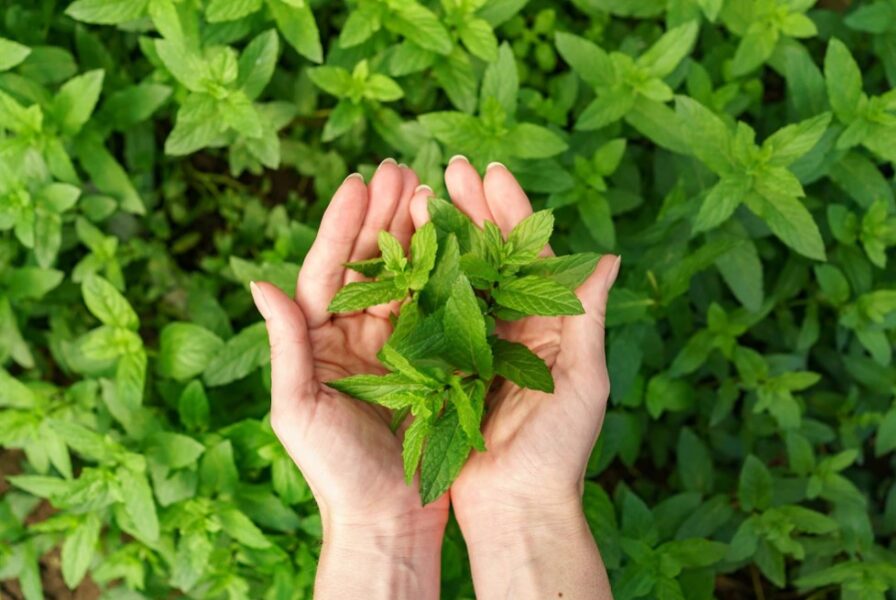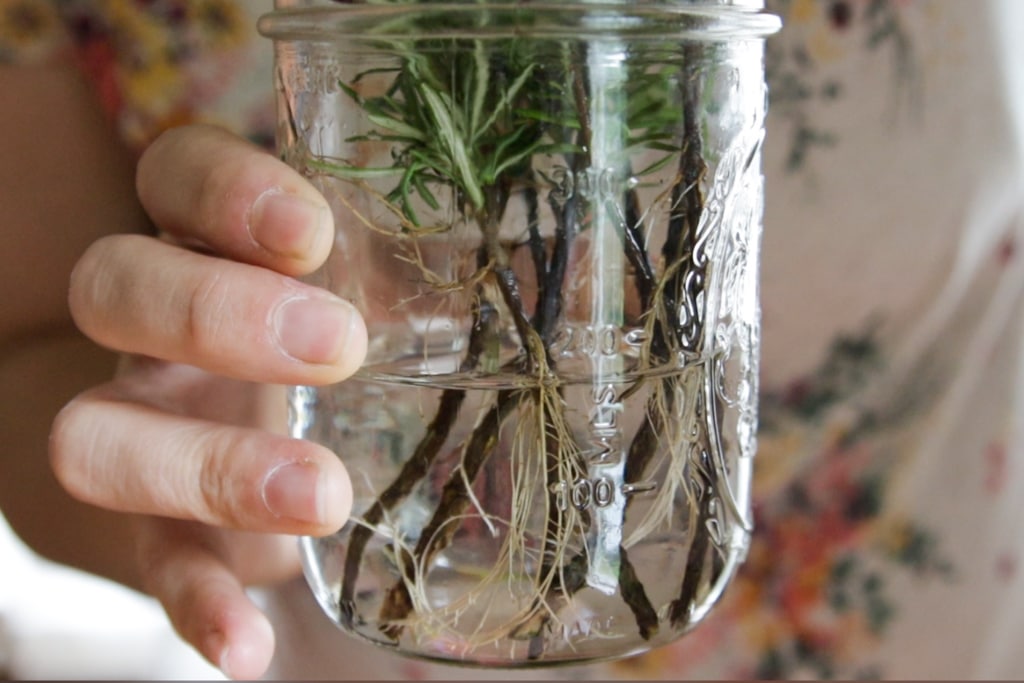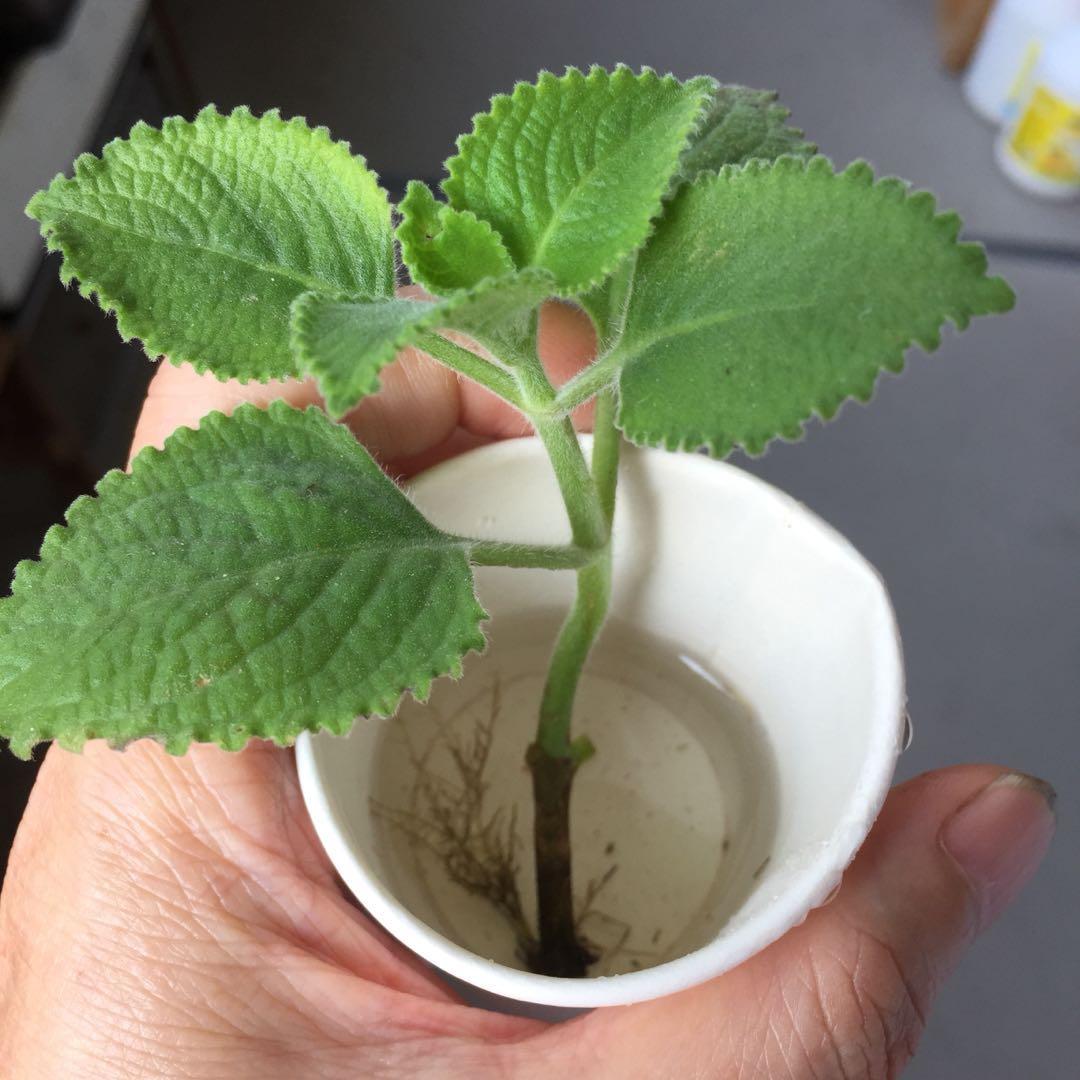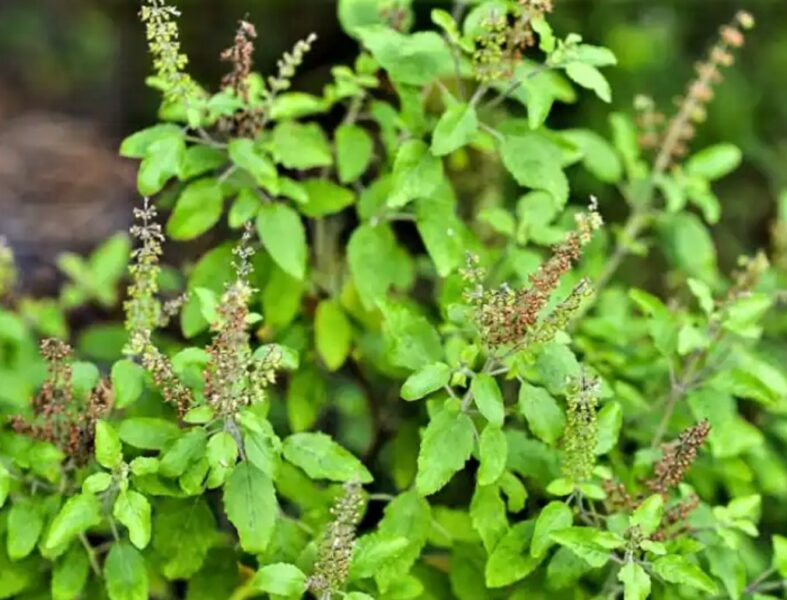
Want to prepare delicious dishes with just-picked ingredients from your kitchen garden? You can grow common herbs like lemongrass, rosemary, and mint inside your kitchen, even if you don't have enough room. How? Through a little hydroponic setup close to the window or platform in the kitchen. This will enable you to cultivate a single family's worth of fresh herbs without any hassle or even dirt.
Read this article to learn a few simple tips that will help you grow your own herbs in your kitchen with just a handful of containers and water.
1. Lemon Grass

Gather a couple of lemon grass stems from the store or a friend's yard. Make sure to include its roots as well. Leave it in a water-filled glass or container. Allow it to absorb some sunshine and set it aside. Within 15 days, you'll see the plant sprouting fresh roots and leaves.
The same methods can be used to grow it in the soil if you have room in your garden. In fact, you'll see the effects of this in less than 10 days.
Use your fresh lemongrass in a hot cup of tea or add it to different dishes for an extra flavor boost.
2. Rosemary

The majority of Italian recipes, including pizza, spaghetti, lasagna, and even flavored rice, must include this pungent herb.
- Pick up a six-inch rosemary cutting from any store or garden.
- Remove the leaves from the lowest part, then submerge the cutting.
- The cuttings' roots will appear after ten days. You will be able to see new branches and leaves after 20 to 25 days.
- Remember to replace the water once a week.
3. Mint

Mint is one of the simplest plants to grow in a garden. This time, let's try growing it in water.
- Go to the market and buy three or four mint cuttings.
- Take two containers: a little one and a large one. Make a few holes in the little container's top.
- In these holes, insert the leaves that were previously on the bottom of the cuts.
- Place the little box with the cuttings into the other container once it has been filled with water.
- Put the container in a spot with lots of sunshine.
- Replace the water once a week
Within a few days, the leaves will spread out, and you will see fresh white roots growing within the little box.
Read also: Rainwater harvesting at home made easy
4. Indian borage/ Mexican mint

Mexican mint, which is thought of as a kind of celery due to its aroma, offers several therapeutic benefits. It may be added to tea or other beverages to enhance flavor and aroma.
- You can use both soil and water to grow this mint in large quantities successfully.
- It is preferable to put the plant in a large-mouthed container because it grows densely quickly.
- Use three or four plant cuttings, then set them in a water-filled container.
- Within a week, new roots will emerge, and after 10 days, leaves will begin to form.
- For quicker results, keep changing the water every other day.
5. Italian Basil
Another key Italian plant, basil, is also incredibly simple to grow.
It has dark green leaves that can grow up to three inches long and a spicy, aromatic flavor. The herb is frequently used in salads, for making pesto or other sauces, and to flavor the crostini in bruschettas.
- Take two varying-sized containers, similar to how you would with mint leaves.
- Put two or three cuttings through the smaller jar's apertures.
- Put this jar into the larger, water-filled one.
- Within 10 days, you should see roots and new leaves.
You may also like: 18 Gardening Tips For Beginners In India
Here are some additional tips to REmember while growing all these herbs:

- Until new roots and stems emerge, frequently (ideally on alternate days) change the pot water. Change the water once a week after the growth starts.
- Add any hydroponic fertilizers to the water to promote rapid development. You may also use fertilizer made from seaweed, which readily dissolves in water.
- Once a month, prune the roots.
- Neem oil can be diluted and sprayed weekly to prevent pest assaults.
Read also: What to grow in your terrace Garden in India





